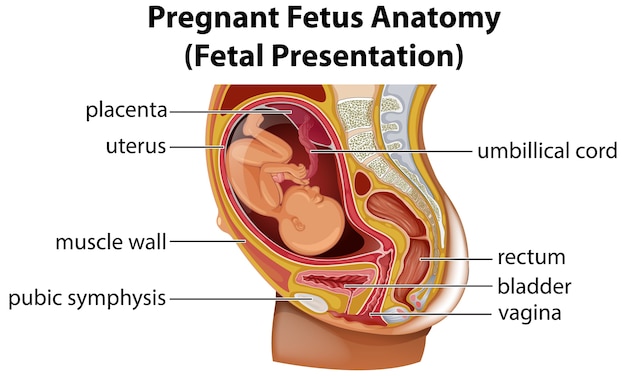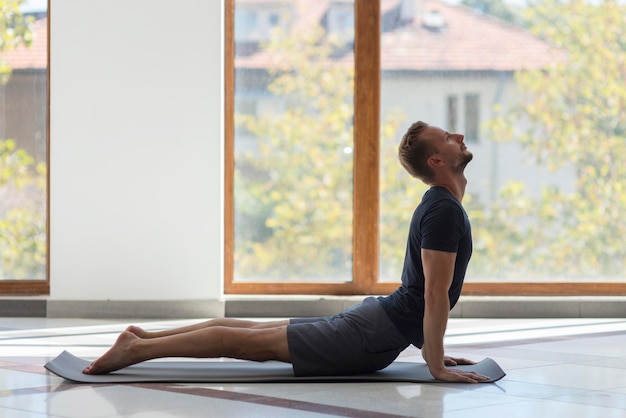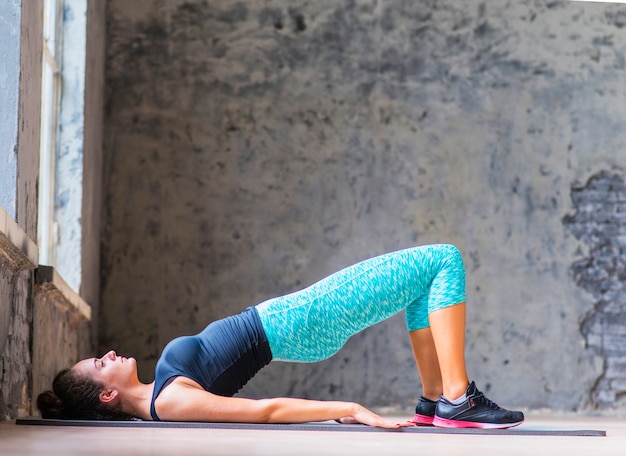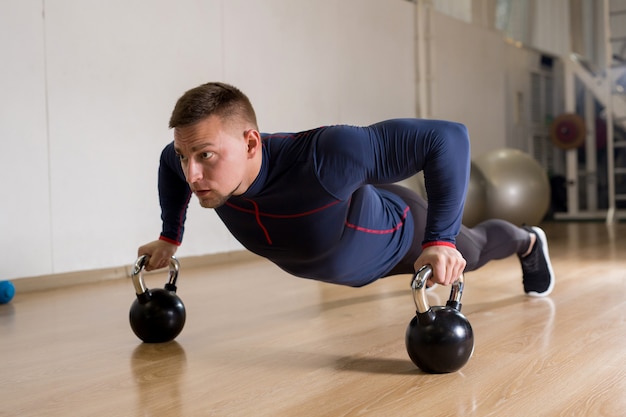Unlock Core Strength: The Ultimate Guide to Pelvic Floor Training for Muscle Gainers
When building muscle, most lifters focus on visible gains—bigger arms, stronger legs, a chiseled chest. But one of the most overlooked—and powerful—muscle groups for strength, stability, and performance lies deep within your core: the pelvic floor.
Pelvic floor training isn't just for postpartum recovery or older adults. For muscle gainers and strength athletes, it’s a game-changer. Strengthening this foundational muscle group enhances intra-abdominal pressure, improves lifting mechanics, reduces injury risk, and supports overall athletic performance.
What Is the Pelvic Floor?
The pelvic floor is a group of muscles, ligaments, and connective tissues that form a hammock-like structure at the base of your pelvis. It supports your bladder, bowel, and, in some cases, reproductive organs. These muscles also play a crucial role in core stabilization, posture, and force transfer during compound lifts like squats, deadlifts, and overhead presses.
Despite its importance, the pelvic floor is often neglected in traditional strength training programs—leading to imbalances, poor core engagement, and even long-term dysfunction.

Why Pelvic Floor Training Matters for Muscle Gainers
As a muscle gainer, your goal is to build strength and size efficiently. A strong pelvic floor contributes directly to that mission in several ways:
- Enhanced Core Stability: A strong pelvic floor works with your transverse abdominis and diaphragm to create a solid core cylinder, essential for heavy lifting.
- Improved Intra-Abdominal Pressure (IAP): Proper IAP helps protect your spine during maximal lifts, reducing the risk of herniation or disc injury.
- Better Breathing Mechanics: Coordinated pelvic floor and diaphragm function supports optimal breathing, crucial during intense workouts.
- Reduced Risk of Incontinence: Heavy lifting can increase downward pressure. A weak pelvic floor may lead to stress incontinence—something no athlete wants mid-set.
- Optimized Recovery: Balanced core function reduces strain on the lower back and pelvis, speeding up recovery between sessions.
Benefits of Pelvic Floor Training
Incorporating pelvic floor exercises into your routine offers measurable benefits:
- Greater lifting efficiency and power output
- Improved posture and spinal alignment
- Reduced risk of pelvic organ prolapse (especially under high intra-abdominal pressure)
- Enhanced mind-muscle connection in the core
- Support for long-term joint and tissue health
Potential Risks and Misconceptions
While pelvic floor training is beneficial, it’s not a one-size-fits-all solution. Common mistakes include:
- Overtraining: Like any muscle group, the pelvic floor can become fatigued or overly tight, leading to discomfort or dysfunction.
- Holding the Breath: Many people bear down or hold their breath during Kegels, which increases downward pressure—counterproductive for lifters.
- Ignoring Coordination: The pelvic floor must work in sync with the diaphragm and deep core. Isolated squeezing without coordination limits effectiveness.
If you experience pain, pressure, or discomfort in the pelvic region, pause and reassess your technique. Consider consulting a pelvic health specialist if symptoms persist.
How to Begin Pelvic Floor Training: Actionable Steps
Start with these simple, science-backed steps to integrate pelvic floor training into your muscle-building regimen:
- Learn the Squeeze: Sit or lie down comfortably. Imagine stopping the flow of urine or preventing passing gas. Gently tighten the muscles around the urethra, anus, and genitals—without engaging your glutes, thighs, or abs. Hold for 3–5 seconds, then release fully. Repeat 10 times, 2–3 sets daily.
- Coordinate with Breathing: Inhale deeply through your nose, allowing your belly to expand. As you exhale through your mouth, gently engage your pelvic floor. This syncs the diaphragm and pelvic floor—key for lifting.
- Integrate into Warm-Ups: Add 2–3 minutes of pelvic floor activation before your workout. Pair it with diaphragmatic breathing and core bracing drills.
- Practice Under Load: During light squats or deadlifts, focus on maintaining gentle pelvic floor engagement while breathing correctly. Avoid bearing down.
- Progress Gradually: Increase hold time or repetitions only when the current level feels easy and controlled.

Progress Checks: How to Track Improvement
Monitor your progress with these practical checkpoints:
- Week 1–2: Can you identify and isolate the pelvic floor muscles? Do you feel a subtle lift and squeeze?
- Week 3–4: Can you maintain engagement during light core exercises (e.g., planks, bird-dogs)?
- Week 5–6: Do heavy lifts feel more stable? Is your breathing smoother under load?
- Ongoing: Are you free from pelvic pressure, incontinence, or discomfort during workouts?
Keep a training journal to log sensations, improvements, and any challenges. Consistency over time yields the best results.
Final Thoughts
For muscle gainers, pelvic floor training isn’t optional—it’s foundational. Just as you wouldn’t skip leg day, don’t neglect the base of your core. A strong, coordinated pelvic floor enhances performance, protects your body, and supports long-term gains.
Start small, focus on quality over quantity, and integrate pelvic floor activation into your existing routine. Over time, you’ll notice improved stability, better lifts, and a stronger, more resilient body from the inside out.

















